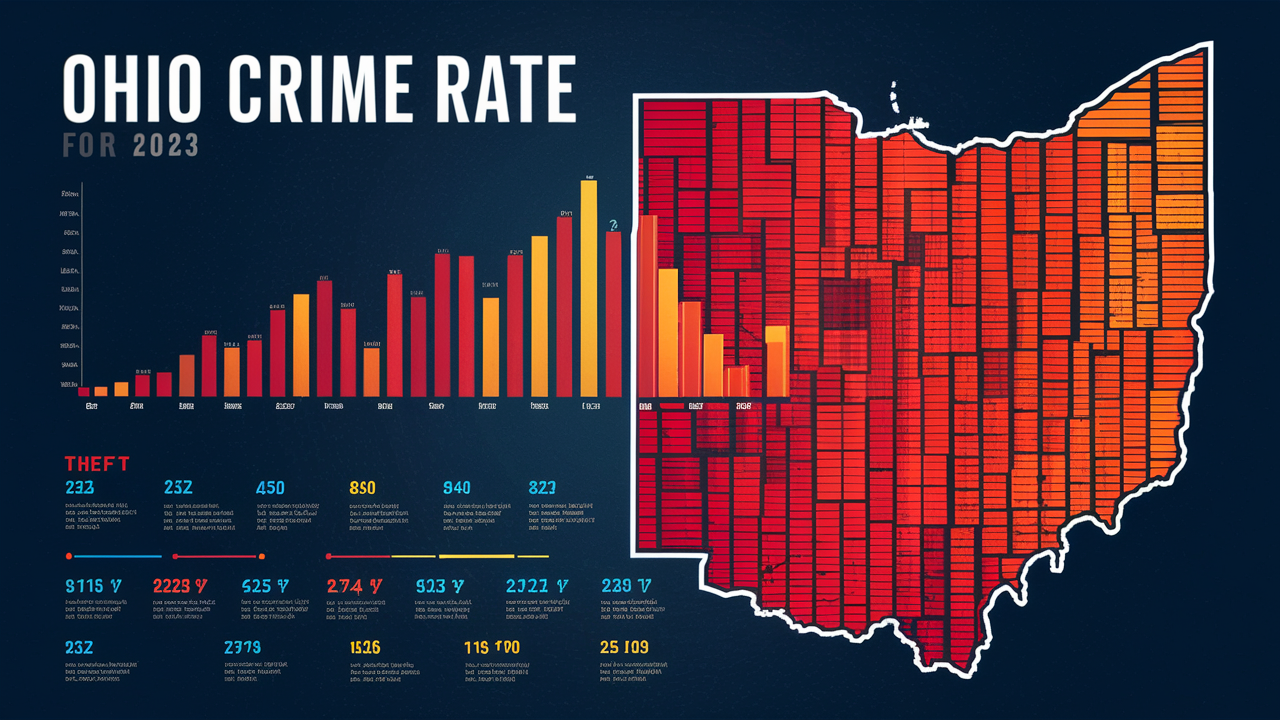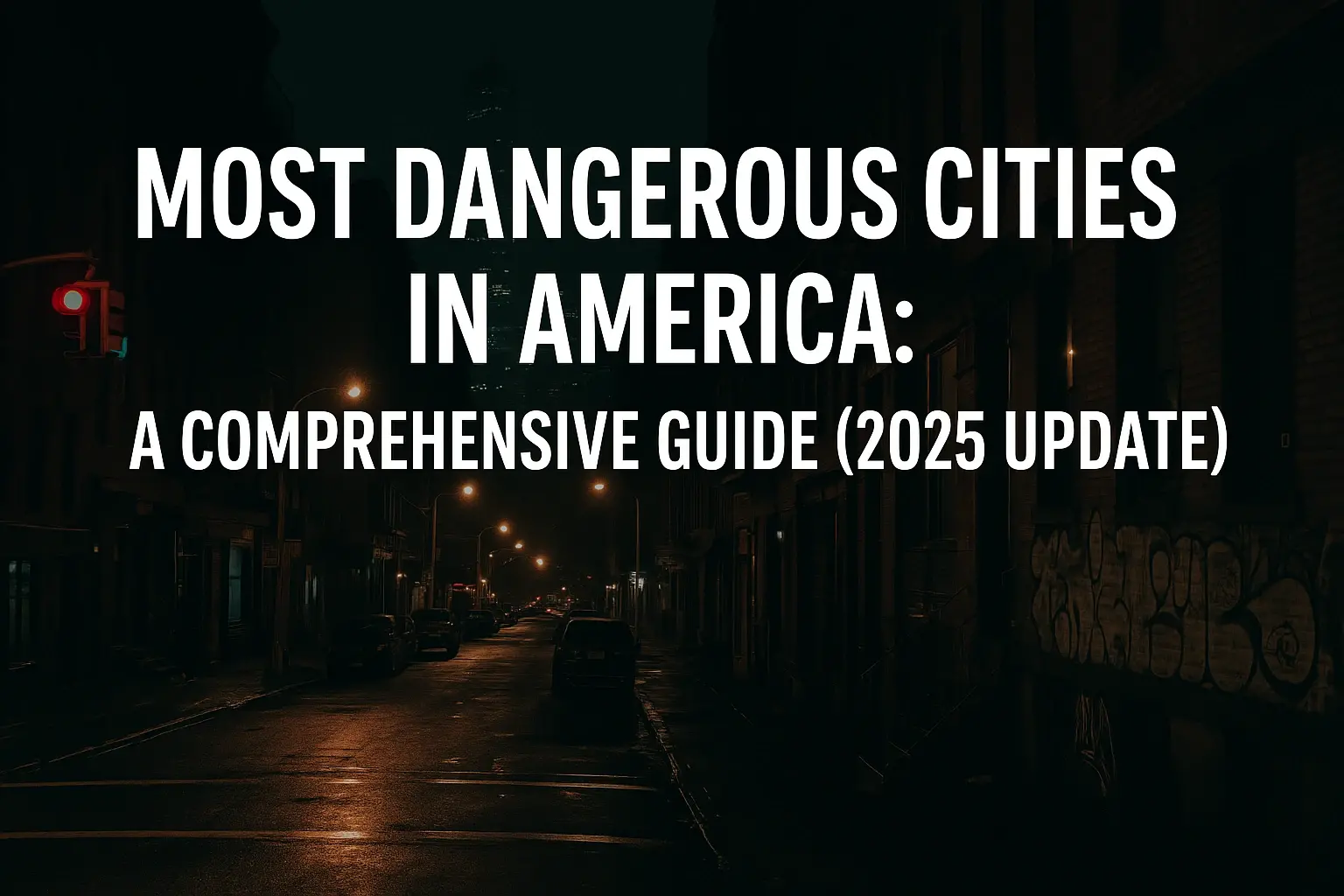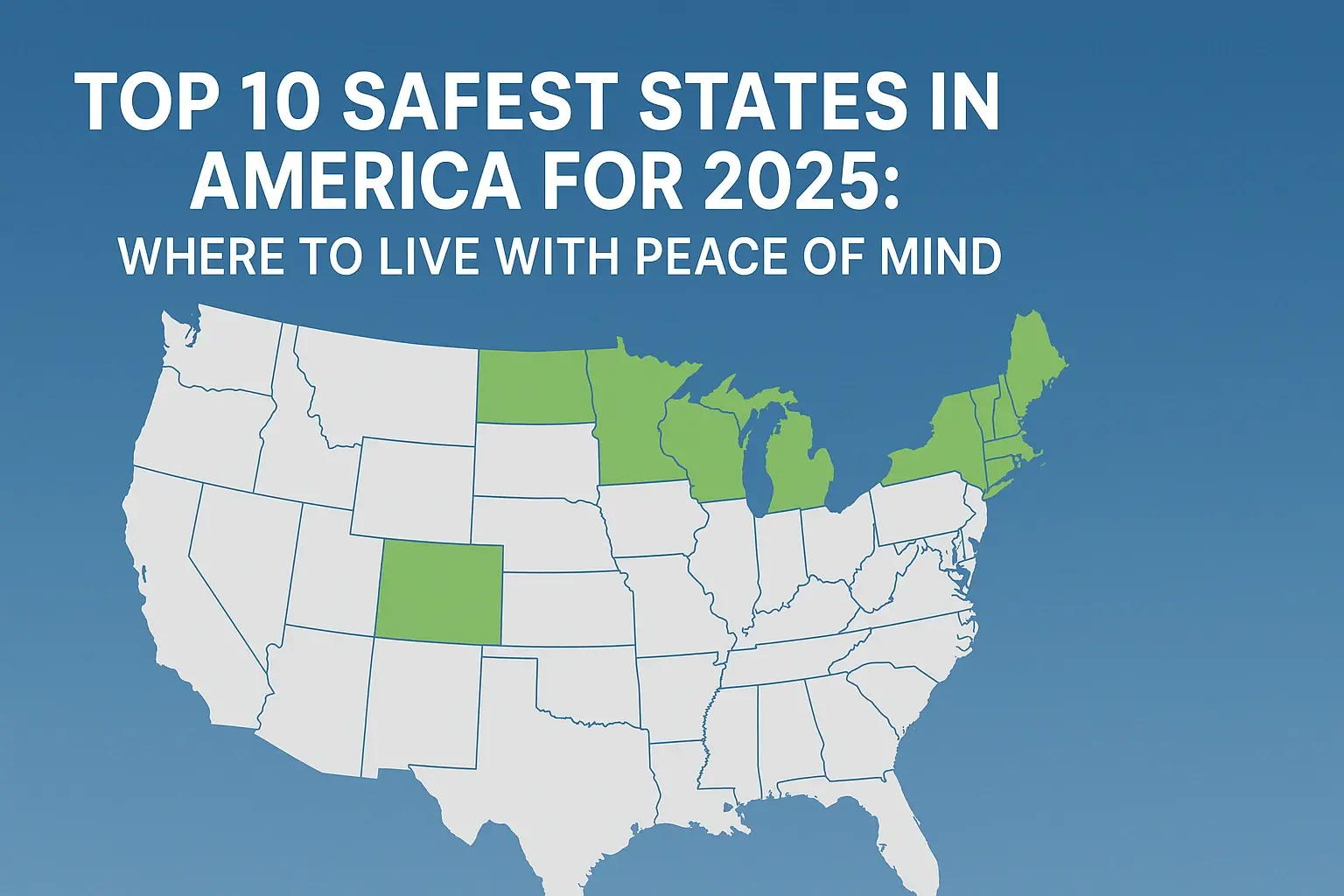Some of the following facts reveal the recent changes in the crime rates of Ohio over the past decade. Rates of violent and property crime began to increase, albeit slightly, in the later years of 2010 and the early 2010s before dropping again around 2015 to a rate slightly higher than before. But, as it became clear in this paper, Ohio also experienced slightly smaller decreases in crime in 2020 and 2021. What does this mean for the overall crime rate in Ohio in the year 2023?
Crime Trends in Ohio – Current Situation
During the period from 2010 to 2012, it was identified that Ohio registered a decrease in both violent and property crimes. However, violent crime in the same period increased by 13% and property crime also increased by 7% from 2013 to 2016. These may include, but are not limited to, the influence of the heroin and opioids crisis and trends in state policies regarding police forces and prisons.
This was especially so in Ohio’s major cities and the increase was steady over the years. For instance, Columbus experienced a record number of homicides in 2017 with 84 while Cleveland’s homicides soared by 50%. Nevertheless, since 2016 the level of crime started reducing again both, in the state and large cities.
This decline in violent crime and property crime was a shift from the trends that were observed in Ohio in 2019 where violent crime increased by 2.3 percent while property crime saw a 5.8 percent rise. Though some cities such as Columbus and Cincinnati experienced an enhanced rate of homicides, the rate of other violent crimes like rape and robbery was reduced. Shuttering orders that have forced more people to stay indoors have been cited by experts as some of the reasons for the decline in crimes.
Data for the year 2021 shows that Ohio experienced another very slight decline in virus by approximately 0.75% in violent crime and 3% in property crimes. Thus, though oscillations took place in the past ten years, the broader picture paints a picture of a gradual decrease in both violent and property crimes in the state since about 2017.
The following are some of the factors that may affect the crime rate in Ohio in 2023:
The social effects of COVID-19: Unemployment and financial insecurity are most commonly associated with an increase in crime rates. If the consequences of the pandemic in the opportunities for low-income Ohioans remain obvious, the crimes of despair may increase.
Police staffing challenges: Most police departments are dealing with officer shortages stemming from budget erosions, negative sentiments towards police agencies, and retirements. Police inefficiency in combating crime would be another outcome as a result of staffing deficits. However, retention is a significant concern for practice locations especially the large cities such as Columbus and Cincinnati.
Juvenile crime policies: This paper will argue that modern political policies are directing juvenile offenders towards rehabilitation rather than confining them which should equally help in decreasing future rates of reoffending among youths. Still, it is yet to be seen whether these programs receive adequate funding, as well as the positive consequences that should result from them.
New gun laws: Ohio has been enacting new laws to enhance the privileges of gun usage in the recent past and the researchers associate it with the high cases of gun-related crimes. New legislation in the form of permitless carry and stand-your-ground laws may still affect gun death and injury rates.
Drug epidemic trends: Ohio remains in a fight against high addiction and overdose rates especially on meth and fentanyl. These epidemics greatly affect the crime and incarceration rates in Ohio as they are regularly in flux. More breakthroughs on the drug front may serve to decrease associated criminal activities.
Possible Shift in Crime Rate of 2023
Taking into account general trends and the factors described above, the state of Ohio might experience a further slight decrease or at least the crime rate might stabilize in 2023. However, the state is surrounded with much uncertainty on COVID’s socioeconomic impact that continues even today. The latter is especially the case since new gun and drug policies persist and are continuously implemented, while the potential impacts remain uncertain.
Due to this, Ohio’s major cities probably experience a higher degree of difficulties resulting from inadequate funding or staff problems. Thus, some urban areas may experience an increased crime rate even if statewide figures are growing slightly if their economic or workforce recovery is faltering. Some other concerns that may affect the rural parts of the state include low resource availability, thus compromising effective law enforcement and availability of addiction treatment.
Ultimately, Ohio strives to decrease incarceration and recidivism rates by investing in programs related to crime avoidance, substance use and mental health treatment, vocational training, education, and communities. If endowed with adequate resources and incentives, such measures could go a long way in helping the crime rate sustainment.
However, the homicide rate and gun crimes have not decreased; rather, they have increased slightly in some cities, and drug addiction continues to be a problem, so the short-term outlook for 2023 is more or less a gray area. There are still significant economic, health, and social factors in Ohio that the state cannot ignore if it wants to avoid a surge in crime rates in the future as the pandemic continues to subside. The best crime for further enhancement will be achieved in Ohio through the coordinated effort of many states as well as local agencies with an emphasis on the implementation of evidence-based practices.







